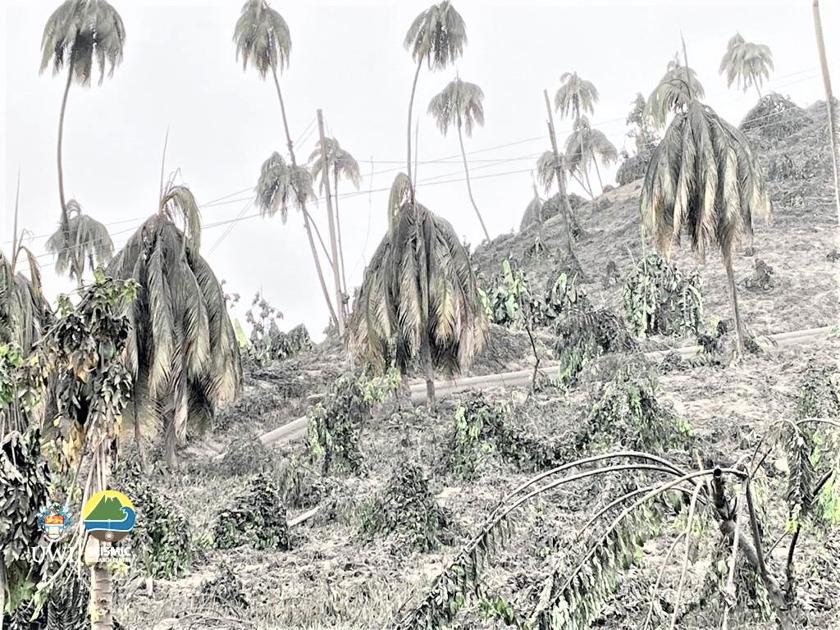
St. Vincent endured another night of explosions, ash fall and earthquakes as the eruption of the La Soufriere volcano entered its fourth day.
The last explosion took place at 4:15 am today, with a pyroclastic flow hitting the flanks of the volcano.
Earlier, Dr. Erouscilla Joseph, director of the UWI’s Seismic Research Center said that from 8 p.m. on Sunday, the ash continued to escape, with occasional volcanic tectonic tremors.
These kinds of vibrations are associated with magma making its way through rock.
She said there were no confirmed pyroclastic density flows (pyroclastic flows) on Sunday.
These are superheated, ground-surrounding ash and debris flows that can travel at speeds of hundreds of meters per second, reach tens to hundreds of kilometers from the source, and at speeds of more than 50 miles per hour.
Joseph said observers had reported a lahar on Rabacca Dry River, located on the outskirts of Georgetown, a community in the Red Zone.

Ashfall is the most far-reaching and pervasive volcanic hazard, and the impact can last for years to come. Photo credit: Prof Robertson, UWI-SRC.
She said it likely happened when rain fell on the top of the volcano.
A lahar is composed of a suspension of pyroclastic material, rocky debris and water, and in 1979 this violent mudslide devastated some areas at the foot of the La Soufriere.
More than 16,000 residents of the country have moved out of the Red Zone since last Monday, when the government ordered a mandatory evacuation.
And more fled on Sunday, as the explosions continued and fear grew about the potentially catastrophic pyroclastic flows similar to the 1902 La Soufrière eruption, when more than 1,600 died.
Prime Minister Dr. Ralph Gonzalves said no deaths or serious injuries had been reported as of this morning, but that some people had yet to leave the Red Zone, choosing to stay behind to tend to crops and livestock.

Pyroclastic flows contain a high density mixture of hot lava blocks, pumice, ash and volcanic gas. They travel at very high speed along volcanic slopes, usually along valleys.
With rock fragments ranging in size from ash to boulders traveling on the ground at speeds typically in excess of 50 miles per hour, pyroclastic flows knock, break, bury or carry away nearly all objects and structures in their path. The extreme temperatures of rock and gas in pyroclastic flows, between 200 ° C and 700 ° C, can start fires.
Nothing can survive.